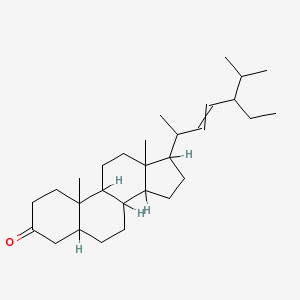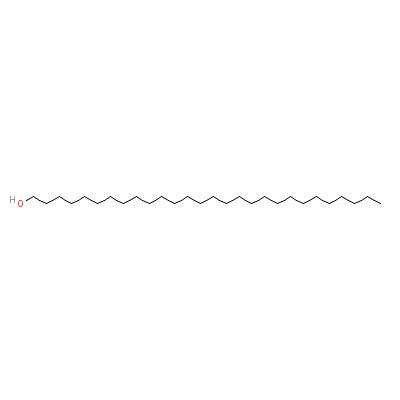| |
|
|
Botanical Name |
: |
Bauhinia variegata |
English
Name |
: |
Mountain Ebony, Orchid Tree, Buddhist Bauhinia, Orchid-tree, poor-man’s orchid, mountain-ebony |
Synonym(s) |
: |
Phanera variegata (L.) Benth, Bauhinia chinensis (DC.)Vogel , Bauhinia decora Uribe, Bauhinia variegata L. Var. chinensis DC. |
Family |
: |
Fabaceae |
| |
General Info
| Description |
 |
|
Large or medium sized tree growing to 10-12 m tall, deciduous in the dry season.The leaves are 10-20 cm long and broad, rounded, and bilobed at the base and apex. The flowers are conspicuous, bright pink or white, 8-12 cm diameter, with five petals. The fruit is a pod 15-30 cm long, containing several seeds. |
| Herb Effects |
 |
|
Depressant, astringent, anthelmintic and hypothermic (stem bark); agglutinant of blood (seed). |
Chemistry
| Active Ingredients |
 |
|
Hentriocontane, stigmasterol and octacosanol (stem bark); fatty oil (seed). |
| Chemistry
of Active Ingredients |
 |
|
|
 |
Name |
CAS# |
IUPAC Name |
Formula |
Structure |
 |
|
| Stigmasterol |
4736-55-4 |
17-(4-ethyl-1,5-dime
thyl-hex-2-enyl)-10,
13-dimethyl-1,2,4,5,
6,7,8,9,10
,11,12,1
3,14,15,16,17-hexade
cahydrocyclopenta[a]
phenanthren-3-one |
C29H48O |

|
| Octacosanol |
67905-27-5 |
Octacosan-1-ol |
C28H58O |

|
|
Pharmacology
| Medicinal Use |
 |
|
In skin diseases, scrofula, ulcers, leprosy and menstrual problems (bark); dysentery (bark decoction and dried bud); hemorrhoids (bark and dried buds); diarrhea (dried bud); in haemorrhagic disorders (paste of bark, roots and flowers); an antidote to snake poison (root); cough, piles, haematuria and menorrhagia; the flowers are laxative (decoction of bud). |
| Contraindication |
 |
|
Use with care during pregnancy
Hyper and hypothyroidism |
| Reference |
 |
|
 Chandel et al., Biodiversity in Medicinal and Aromatic Plants in India. Chandel et al., Biodiversity in Medicinal and Aromatic Plants in India.
Panda and Kar, 1999 J. Ethnopharmacol,67(2):233.
Sharma, Classical Uses of Medicinal Plants.
Uniyal et al., Medicinal Flora of Garhwal Himalayas. |
Dealers
Products
|
|
|
|
|